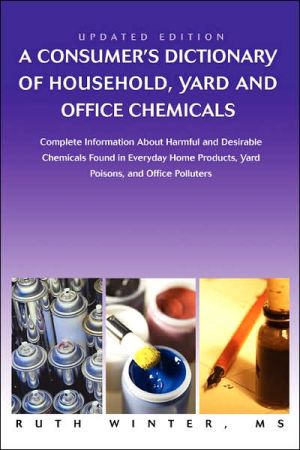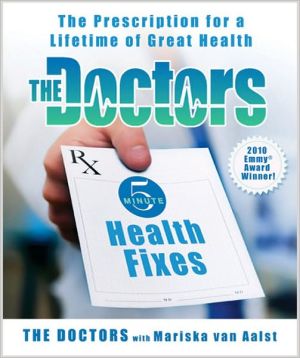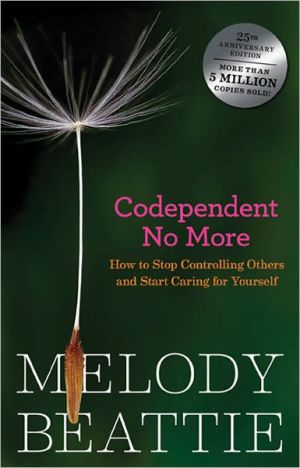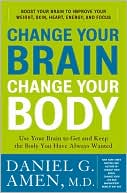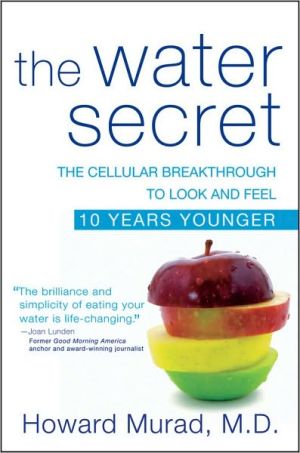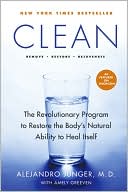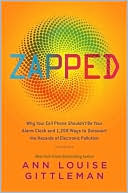A Consumer's Dictionary of Household, Yard and Office Chemicals: Complete Information about Harmful and Desirable Chemicals Found in Everyday Home Products, Yard Poisons, and Office Polluters
The greatest exposure to many toxic chemicals takes place in our own homes, according to studies conducted by the US Environmental Protection Agency. New chemicals and materials on the market may react adversely with one of the thousands already available.
Search in google:
The greatest exposure to many toxic chemicals takes place in our own homes, according to studies conducted by the US Environmental Protection Agency. New chemicals and materials on the market may react adversely with one of the thousands already available. Library Journal If you ever wondered about those long strings of chemical ingredients printed on the container labels of cleaners, pesticides, cosmetics, etc., this book will make them eminently clear. Many of these compounds are extremely dangerous and must be used with informed care. Winter, a well-known writer on environmental health issues whose books include the recent Poisons in Your Food ( LJ 1/91), does not attempt to give highly technical information such as that found in books like N. Irving Sax and Richard J. Lewis's Rapid Guide to Hazardous Chemicals in the Workplace (Van Nostrand Reinhold, 1990. 2d ed.). Instead, she gives an explanation in lay readers' terms of the uses and effects of each substance. In addition to the dictionary listings, which are cross-indexed by subject and by synonym, Winter's book includes an informative and well-documented introduction, a directory that lists associations, poison control centers, Environmental Protection Agency (EPA) regional offices, and a timely bibliography. Essential for public libraries.-- Eugenia C. Adams, Univ. of Houston-Downtown Lib.
\ Library JournalIf you ever wondered about those long strings of chemical ingredients printed on the container labels of cleaners, pesticides, cosmetics, etc., this book will make them eminently clear. Many of these compounds are extremely dangerous and must be used with informed care. Winter, a well-known writer on environmental health issues whose books include the recent Poisons in Your Food ( LJ 1/91), does not attempt to give highly technical information such as that found in books like N. Irving Sax and Richard J. Lewis's Rapid Guide to Hazardous Chemicals in the Workplace (Van Nostrand Reinhold, 1990. 2d ed.). Instead, she gives an explanation in lay readers' terms of the uses and effects of each substance. In addition to the dictionary listings, which are cross-indexed by subject and by synonym, Winter's book includes an informative and well-documented introduction, a directory that lists associations, poison control centers, Environmental Protection Agency (EPA) regional offices, and a timely bibliography. Essential for public libraries.-- Eugenia C. Adams, Univ. of Houston-Downtown Lib.\ \ \ \ \ BooknewsIn addition to providing an alphabetical listing of some 2,000 chemicals found in products, Winter offers suggestions on how to prevent possible harmful situations along with advice on recognizing common health symptoms associated with exposure to toxic chemicals. She also includes addresses of local organizations concerned with toxic products. Annotation c. Book News, Inc., Portland, OR (booknews.com)\ \
